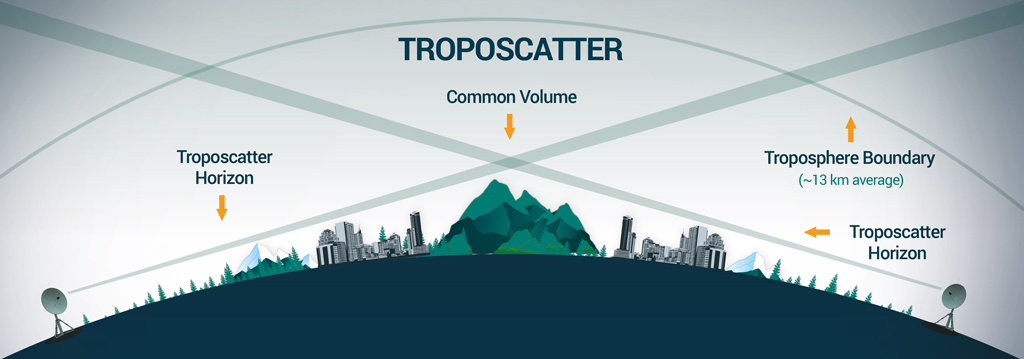SOURCE: IDRW.ORG


In a significant step towards bolstering India’s self-reliance in defense technology, the Defence Research and Development Organisation (DRDO) has handed over Transfer of Technology (ToT) agreements for two advanced communication systems. The L/S Band Digital Troposcatter Communication System technology was transferred to Bharat Electronics Limited (BEL), while the Compact Troposcatter Communication System technology was provided to HFCL Limited (HFCL). This move, announced on April 29, 2025, underscores DRDO’s commitment to fostering indigenous manufacturing capabilities through public-private partnerships.
Troposcatter communication systems are critical for long-range, beyond-line-of-sight communication, often used in military operations where traditional line-of-sight systems like satellite or microwave links are unavailable or impractical. The L/S Band Digital Troposcatter Communication System, now in BEL’s hands, leverages the L and S frequency bands to enable robust, high-capacity data transmission over long distances, even in challenging terrains. BEL, a leading defense electronics company, is well-positioned to integrate this technology into its production lines, enhancing the Indian armed forces’ communication infrastructure.
Meanwhile, the Compact Troposcatter Communication System, transferred to HFCL, offers a more portable and deployable solution for tactical communications. HFCL, known for its expertise in digital networks and optical fiber solutions, has been increasingly involved in defense projects, as evidenced by its recent contracts with the Indian Army for tactical optical fiber assemblies. This compact system is expected to provide the military with flexible, on-the-go communication capabilities, crucial for dynamic operational environments.
The ToT agreements were formalized during a recent DRDO conference, highlighting the organization’s focus on collaborating with industry partners to translate research into deployable solutions. By transferring these technologies, DRDO aims to reduce dependency on foreign imports, aligning with India’s broader “Atmanirbhar Bharat” initiative for self-reliance in defense manufacturing. However, while this move is a positive step, questions remain about the scalability and speed of production, given the complex nature of troposcatter systems and the need for rigorous testing in operational scenarios.
NOTE : Article cannot be reproduced without written permission of idrw.org in any form even for YouTube Videos to avoid Copy right strikes. Websites doing illegal reproductions will get DMCA and Legal Notices.